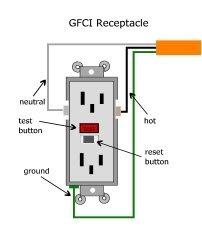Often times during an inspection I find a failed or mis-wired GFCI receptacle (outlet) in a home. After getting asked many times "What are they?" and "what do they do?" I figured id share some info for anyone curious about these devices you likely have in your own home. If you don't have any GFCI receptacles in your home, this may encourage you to have them installed. What is a GFCI? History
0 Comments
Your comment will be posted after it is approved.
Leave a Reply. |
AuthorWrite something about yourself. No need to be fancy, just an overview. Adam Morvee
|

 RSS Feed
RSS Feed
